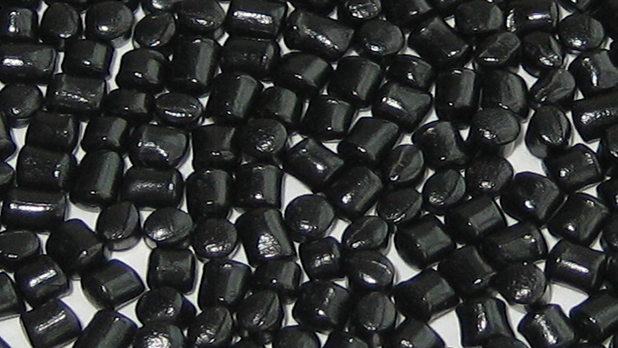
Black Bear Carbon sees value in discarded car tires. The start-up is going to build a factory at the Chemelot chemical complex in Limburg, The Netherlands, to recover the carbon black raw material from tires. “Of all the carbon black that is produced, 70% goes into car and truck tires. Those tires are eventually become available for our technology through waste streams and we make carbon black from them all over again,” says CEO Victor Vreeken.
What is your vision for a (sustainable) future?
“We have got to live far more in balance with what the earth gives us. I think we even need to repair some of what we have destroyed in the past. This is only possible if we change our consumer habits. And perhaps somewhat philosophically, but relevant all the same: when it comes to inequality and prosperity, I don’t think that we should deny other countries a certain level of prosperity. Third world countries also have a right to the development that we ourselves went through, otherwise we will continue to have wars and conflicts. So, we all really need to move forward towards a circular economy. Black Bear Carbon is also working on that.”
“As entrepreneurs, we have developed a technology, raised money and built our first factory to demonstrate that our technology to recover carbon black does work. Unfortunately, that factory burned down in 2019, so we are now building a new factory that is better and more professional and will hopefully function as a springboard for dozens of factories around the world. Whenever worn-out tires end up on a scrap heap, we and our technology have a reason to exist.”
As a company, what kind of impact are you making?
“Everything that is black contains carbon black as a dye. The back of your iPhone, your keyboard, your mouse, but also black paint and car dashboards. The other application area is as an additive to rubber to give it rigidity. We still don’t have access to all the waste streams that contain carbon black. Of all the carbon black produced, 70% goes into car and truck tires. Those tires are eventually become available for our technology through waste streams and we make carbon black from them all over again. In other words, we can recover about 70%. Over 1 billion tires end up in landfills. Each tire weighs around 10 pounds on average. Just calculate how many thousands of tonnes of waste can be made available as raw material each year this way.”

“Carbon black is made from oil, and CO2 is released in its production. In recovering 1 kilogram of carbon black, we emit not as much CO2 as what is released in the production of 1 kilogram of carbon black from oil. This means we have a more favorable footprint than the product that we are able to replace. This concerns the CO2 emissions that we save on the front end. On top of that, we also save on the back end. The majority of old tires are not reused or recycled, they end up being incinerated which releases CO2.”
Gas production
“Basically, we are making savings in three areas: we are saving on oil, CO2 emissions in the production process and by preventing it from being burned. Of course, this does not mean that our search is over. We continue to look for ways to do things in a smarter and better way. For example, we now use natural gas to heat our ovens, at the same time we generate gas in our process. In the future, of course, it would be fantastic if we could immediately reuse the gas we generate to heat those ovens.
On a global scale, what we do to help is not so great that we will be able to solve the whole CO2 problem, but we do make a contribution to resolving it. I truly believe that many hands make light work. Lots of smaller initiatives contribute to the bigger goal: achieving a circular economy.”
What is your leadership style?
“We are now at a stage where I’m a bit like a hands-on foreman. That’s crucial. We have a small management team where we are also just busy making PowerPoint slides every day, modeling Excel files, doing the math, we book the trips that we take ourselves. We’re actually just very hands on each and every day. Like the leadership of the captain of the Dutch national team, Virgil van Dijk: “meestrijden en meeknokken” (‘strive together and fight together‘). To take the lead when things are going badly and to support the team when things are going well.”
This article is courtesy of ChangeInc, whom Innovation Origins has an editorial partnership with.

